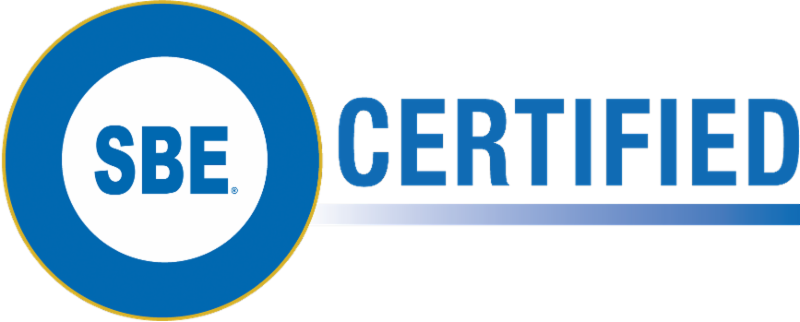We’ll explore all things Comrex, including a discussion about their new product, FieldLink and the issue broadcasters face with frequencies related to wireless mic/IFB. Chris Crump will be presenting with context and a history lesson.
Many of us might not quite remember the early days of Comrex. The first products produced by its founder, John Chaney, in Sudbury, Massachusetts were some of the television industry’s first wireless mic and IFB devices. They were used on Broadway, by the NFL, and by television stations all over the United States. A lot has changed since then, including the problems with frequency congestion that caused a shift in product line focus in the late 60s. We’ll discuss the issues that broadcasters, especially at sporting and live concert events, face when trying to do sideline or in-the-stands reporting in addition to covering some new solutions being offered by Comrex and other vendors.
About Chris
Chris Crump has served as the Sr. Director of Sales & Marketing for Comrex since 2004. In 1987, he began his professional radio career at ABC/Cap Cities Detroit before taking the Features Editor position at MediaBase Research/Monday Morning Replay. On-air, remote broadcast engineer, Creative Services Director roles followed for Capitol Broadcasting in Orlando and the Ron & Ron Radio Network in Tampa/St. Petersburg. In 1996, Crump moved to the manufacturing side of the broadcast business performing sales & marketing roles for Spectral, Inc., Euphonix, Symetrix and Klotz Digital America. He is a CBNE certified member of the SBE chapter in Atlanta.
Join us Wednesday, November 19 at 11:00 PT on Zoom. This meeting was organized by Chapter 9, Phoenix.
ZOOM LINK HERE

